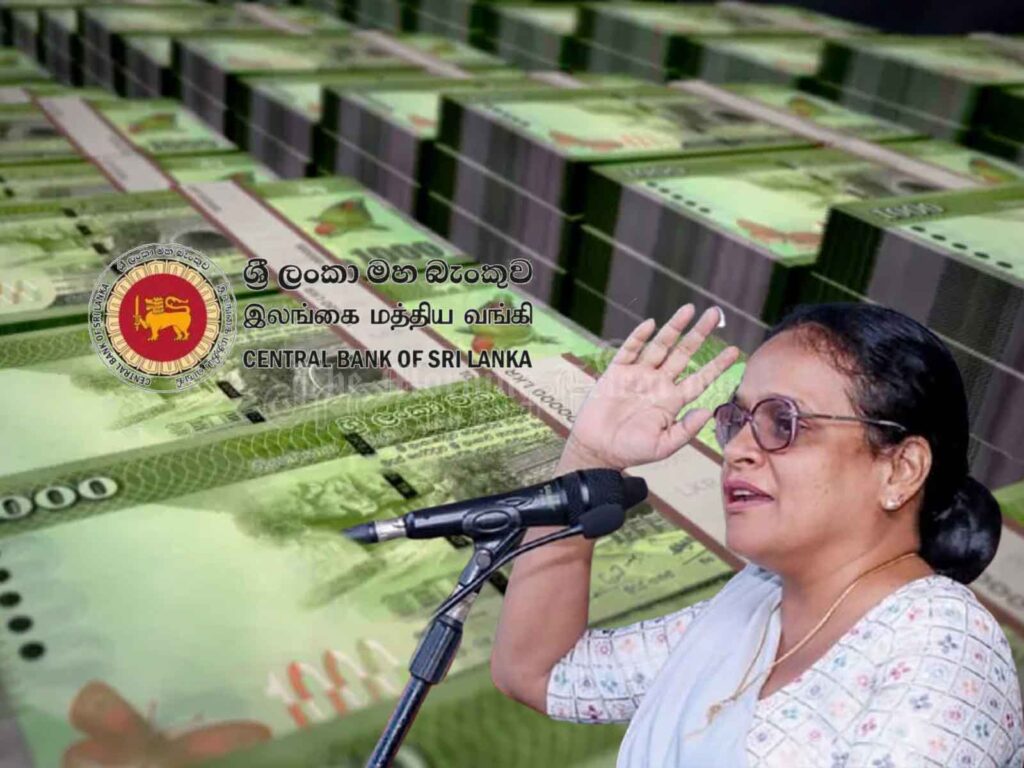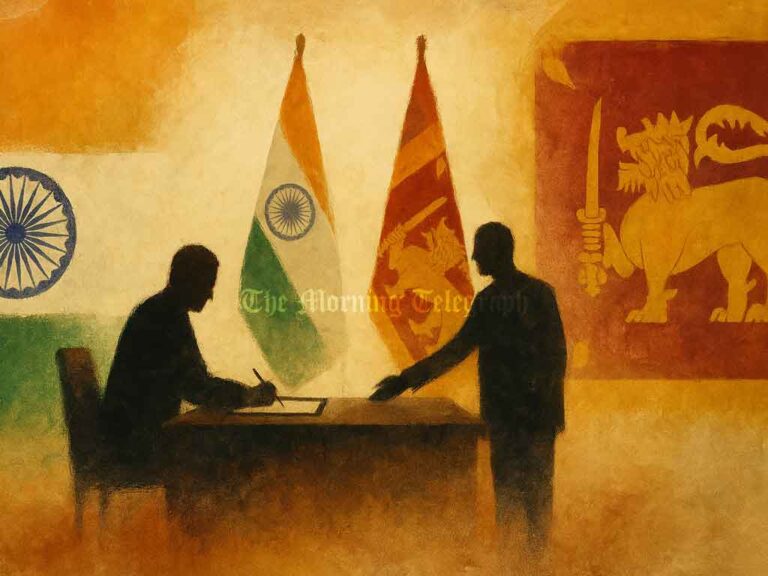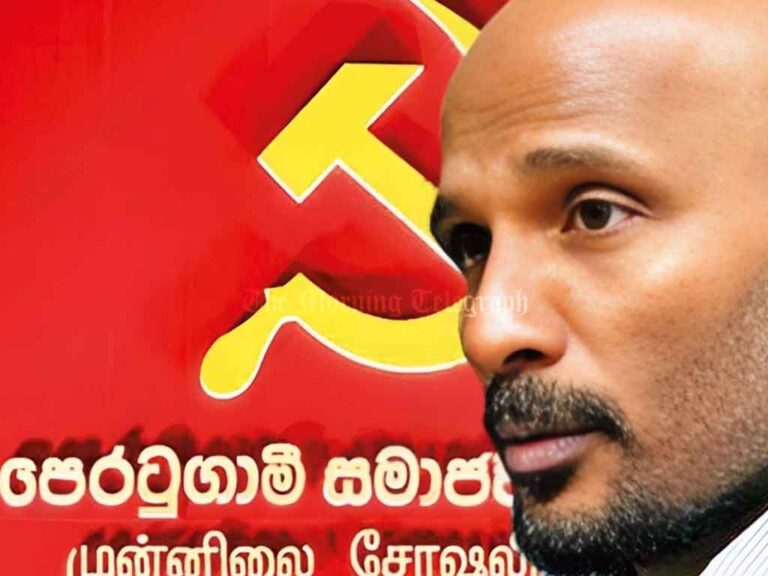
Here is an announcement issued by former Member of Parliament Rohini Kaviratne.
Press Release
Term Auctions and Overnight Auctions: Money Creation in Action
Money is minted at the Central Bank, not the Mint
Issued by:
Rohini Kaviratne, Former Member of Parliament
October 2024
The Central Bank of Sri Lanka and Cabinet Media Spokesman, Honorable Minister Wijitha Herath, have recently issued statements regarding the concept of “money creation.” Although my name wasn’t mentioned directly, these statements serve as responses to my recent comments on the matter.
In economics, creating money beyond existing reserves is known as “money printing.” This is often used by central banks as a form of short-term financing. I have previously explained that the Central Bank engages in this through two main mechanisms:
- Term Auctions
- Overnight Auctions
On Friday, October 25, 2024, the Central Bank of Sri Lanka injected Rs. 36.16 billion into the economy through an overnight auction. This figure is accurate and verifiable. Over the past week, the Central Bank has added Rs. 70 billion to the monetary system, a fact that remains undisputed by both the Central Bank and the Cabinet spokesperson.
Ruhunu University economics professor and JVP Economic Committee member Nandasiri Keibiahetti has also acknowledged, via social media, that money is created through these term and overnight auctions.
By October 25, excess liquidity in the Central Bank’s standing facility increased from Rs. 138 billion to Rs. 193.4 billion, marking a Rs. 55.4 billion rise. This observation was accurately stated in my prior announcements.
Additionally, on October 29, 2024, the government secured Rs. 145 billion via treasury bills, bringing the total borrowed through treasury bills and bonds to Rs. 809 billion for October. This amount, accompanied by interest obligations, constitutes a loan that will need repayment and should not be confused with mere funding or transfers.
Economic Context and Implications
Inflation in Sri Lanka had recently declined, but the Central Bank aims to increase it to positive levels, aligned with targets set by the International Monetary Fund. In practical terms, this policy goal requires a rise in the prices of goods and services. Many consumers have already felt price increases in October, particularly for items beyond fresh produce, compared to September.
The Honorable Minister Vijitha Herath also noted the presence of currency notes signed by the Finance Minister. While it is true that the finance minister’s signature appears on these notes, it’s crucial to understand that modern money creation involves far more than physical currency production. In today’s era of digital and decentralized finance, money creation encompasses credit, loans, and liquidity injections, driven by central banking policy, not merely by printing currency.
This approach to funding (borrowing) and “money creation” is a part of government policy, and it gained public support in the most recent presidential election. However, the implications of these policies merit a transparent public discussion on their broader economic impact.
Rohini Kaviratne
Matale District Sahab Group Leader




